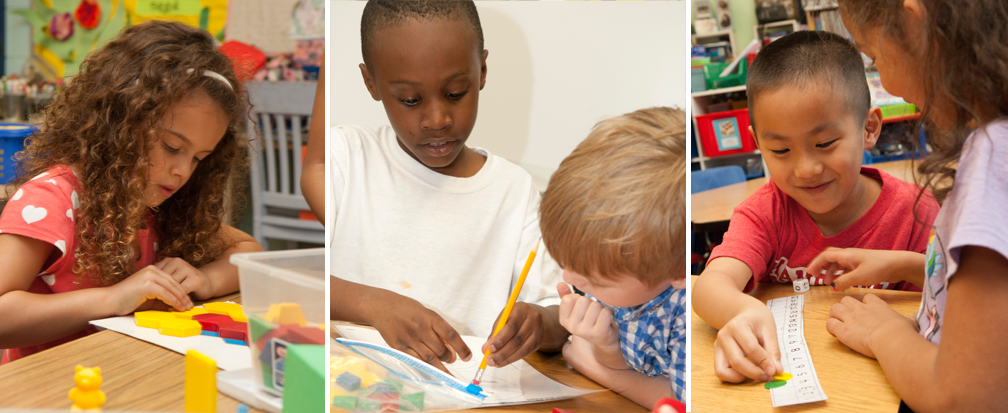Everyday Mathematics Curriculum Features
Real-life Problem Solving
Everyday Mathematics emphasizes the application of mathematics to real-world situations. Numbers, skills, and mathematics concepts are not presented in isolation, but are linked to situations and contexts that are relevant to everyday life. The curriculum also provides numerous suggestions for incorporating mathematics into daily classroom routines and other subject areas.
Balanced Instruction
Each Everyday Mathematics lesson includes time for whole-class instruction as well as small-group, partner, or individual activities. These activities balance teacher-directed instruction with opportunities for open-ended problem solving, hands-on explorations, long-term projects, and ongoing practice.
Multiple Opportunities for Basic Skills Practice
Everyday Mathematics provides numerous opportunities for basic skills practice and review. These include written and choral fact drills, mental math routines, practice with Fact Triangles (flash cards of fact families), daily sets of review problems called Math Boxes, homework assignments called Home Links or Study Links, timed tests, and a wide variety of math games.
Emphasis on Communication
Throughout the Everyday Mathematics curriculum, students are encouraged to explain and discuss their mathematical thinking. Opportunities to verbalize their thoughts and strategies give children the chance to clarify their thinking and gain insights from others.
Enhanced Home/School Partnerships
Daily Home Links (Grades K-3) and Study Links (Grades 4-6) provide opportunities for family members to participate in students' mathematical learning. Study Links are provided for most lessons in grades 4-6, and all grades include periodic letters to help keep parents informed about their children's experience with Everyday Mathematics.
Appropriate Use of Technology
Everyday Mathematics teaches students how to use technology appropriately. The curriculum includes many activities in
which learning is extended and enhanced through the use of calculators. At the same time, all activities intended to reinforce
basic paper and pencil and mental computation skills are clearly marked with a no calculator
icon.



